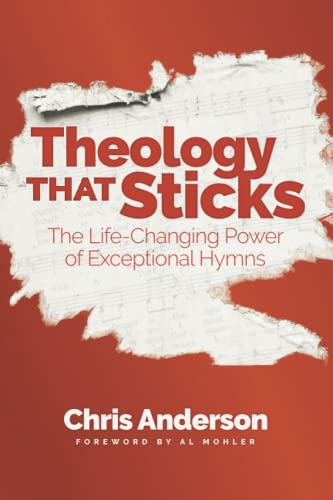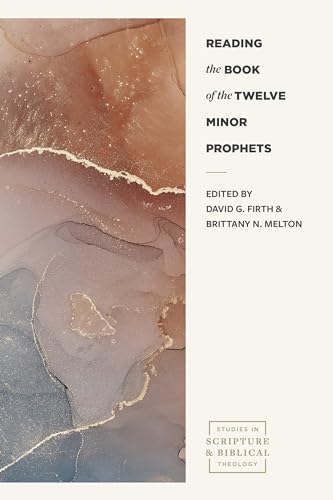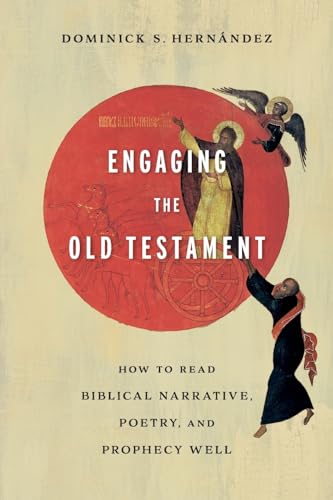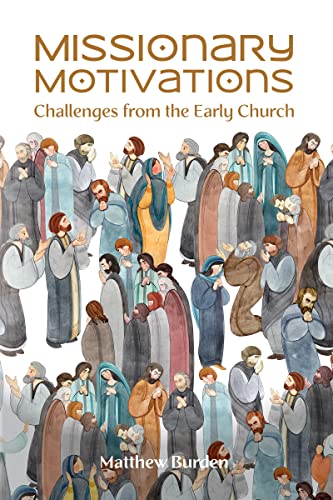Benjamin Colman’s Epistolary World, 1688–1755: Networking in the Dissenting Atlantic
Written by William R. Smith Reviewed By Justin MyersThe historian’s challenge is to let their subject speak on their own terms. William R. Smith attempts that task in the life of Benjamin Colman, one of New England’s most influential pastors in the early 18th century. Smith argues “that the history of Protestant Dissent is fundamentally a transatlantic story, one shaped as much by agents and brokers on the provincial edges of the British Empire as by those at its center” (p. 3). Colman was one such agent on the British Empire’s edge who, through his epistolary network, was a central figure in transatlantic Protestant Dissent. The Bostonian pastor’s vast body of correspondence makes a strong case for Smith’s thesis as the author demonstrates how the Dissenting Atlantic was created, extended to the ends of the Empire, and ultimately, by the end of Colman’s life, showed clear signs of dissolution. Benjamin Colman’s Epistolary World is a global history told through the eyes of an individual, filled with fascinating details such as pirates, a kidnapping, chance meetings, and letters and libraries traded across the Atlantic.
The British Empire was changed by the Toleration Act of 1689, which legalized dissenting protestants. In the ensuing years, dissenters wrote histories of their own movement, which Smith exploits to show the movement’s changing self-perception. Colman was at the intersection of two of these major histories in the early 1700s—Daniel Neal’s History of New-England (1720) and Robert Wodrow’s History of the Sufferings of the Church of Scotland (1721–1722). Smith’s analysis of these works reveals a tradition that was consolidating around a changed identity. Dissenters were once persecuted protestants, but the Toleration Act turned them into a people for religious freedom. Colman’s participation in reviewing these histories ahead of time and corresponding with the authors aptly illustrates Smith’s point that dissenting interest was shaped and established by all corners of the empire since Colman was in Boston, Woodrow in Scotland, and Neal in London.
Letters, especially those sent or received by Colman, were the “technology” that united and expanded the dissenting movement. Books and libraries were at the center of the expansion. Smith points out that the Navigation Acts in 1696 helped to open the book trade across the Atlantic, which enabled dissenting Protestants greater ability to trade books and libraries both to train ministers for Christian ministry and convert Native peoples into “loyal British subjects” (p. 122). This was both a missionary and an imperial expansion. Smith shows from Colman’s letters that the Bostonian pastor was a significant agent of this extension, with connections to the Society for the Propagation of Christian Knowledge, the New England Company, and others, whose goals included spreading both the gospel and education across the British empire. Through his transatlantic epistolary network, Colman helped to distribute books and raise funds through these organizations. He mediated for Londoner Thomas Hollis III, who sent trunks of books to be used for Harvard’s library, and corresponded with Isaac Watts, who did much to establish the book holdings at Yale College.
Smith charts how the expansion of the movement turned to dissolution, beginning with the 1707 Act of Union that established a “principle of local religious establishment” to the edges of the British Empire (p. 177). Such local focus foreshadowed a splintering of dissenting interest across the Atlantic as a younger generation turned their attention toward local concerns at the expense of the transatlantic collective identity established in Colman’s earlier years. The years of the Great Awakening also proved disintegrating for the movement. Relying on Colman’s correspondence, Smith shows the Bostonian’s eager support of revivals and revivalists like George Whitefield. But the same letters reveal Colman’s British counterparts to be less enthusiastic. A changing British Empire, a controversial Whitefield, and complicated social and political dynamics caused by war were all leading to a disintegration among dissenters. That growing gap between New England and the British Isles was sealed by Colman’s death (1747).
Smith’s treatment of Colman’s correspondence is a stout defense for his claim that the provincial dissenter was an active agent in the creation and extension of transatlantic Protestant Dissent and a disappointed bystander as the movement dissolved. If there is anything to question in Smith’s work, it is his claim that the “central purpose” of Colman’s letters was the creation and sustaining of Protestant Dissent (p. 14). While that purpose is clear in the correspondence Smith analyzes, I wonder if any of Colman’s letters exist that do not touch on the dissenting interest and how that might color our understanding of the purpose of the pastor’s writing. The existence of such letters is not spoken of in the work. Regardless, Smith lets Colman’s letters speak throughout and has therefore built a strong case for the transatlantic creation, extension, and detachment of Protestant Dissent that was shaped by those like Benjamin Colman who, though they lay on the edges of the Empire, played a central role in the movement. This work will be both fascinating and valuable for scholars and students of the 18th century, historians of the relationship between the British Empire and the American colonies, and those interested in the history of English Protestantism.
Justin Myers
Justin Myers
Southeastern Baptist Theological Seminary
Wake Forest, North Carolina, USA
Other Articles in this Issue
Menzies responds to Tupamahu’s post-colonial critique of the Pentecostal reading of Acts and the missionary enterprise...
The Lamblike Servant: The Function of John’s Use of the OT for Understanding Jesus’s Death
by David V. ChristensenIn this article, I argue that John provides a window into the mechanics of how Jesus’s death saves, and this window is his use of the OT...
Geerhardus Vos: His Biblical-Theological Method and a Biblical Theology of Gender
by Andreas J. KöstenbergerThis article seeks to construct a biblical theology of gender based on Geerhardus Vos’s magisterial Biblical Theology...
Is the One God of the Old Testament and Judaism Exactly the Same God as the Trinitarian God—Father, Son, and Holy Spirit—of the New Testament and Christian Creeds?
by John Jefferson DavisThis article argues that the One God of the Old Testament and Judaism is exactly the same God as the Trinitarian God of the New Testament and Christian creeds...
A well-known Christian intellectual and cultural commentator, John Stonestreet, has often publicly spoken of the need for Christians to develop a theology of “getting fired...






